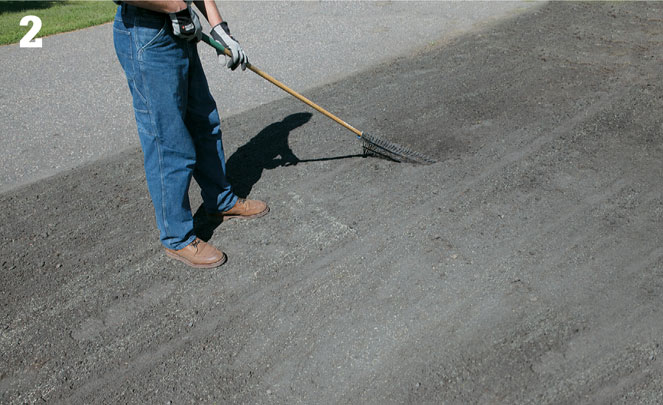 Planting a Lawn From Seed
Planting a Lawn From SeedSeeding is the traditional way (and certainly the least expensive method) to grow a new lawn. It is also one of the trickiest because so many things can go wrong, from seed that doesn’t germinate to a run-in with a flock of hungry swallows. If you choose this method for growing a new lawn, give your lawn the best chance possible by being exacting in each step of the seeding process.
Everything starts with the seed. By shopping carefully for your seed, you take the first steps toward maximizing the seed’s potential. The next trick is to make sure the seed is set down in the right way and the right place. Drop spreaders are best for this. Because they drop the seed directly below the hopper, it’s easier to tell where the seed is going, and to know exactly where to overlap the rows. It’s common on larger lawns to use a broadcast or rotary spreader because the width of each row will be three times or the more the size of drop spreader rows. If you use a broadcast spreader, you’ll need to be very diligent about where the seed is going to ensure an even starting growth for your lawn.
Once you’ve distributed all the seed and laid down a protective layer over it, you’ve still got work to do. One of the keys to helping as many seeds as possible germinate is to make sure that the seeds never completely dry out. This means you have to water the seeded area lightly, several times a day. You can cut back on the watering to a couple times a day once your seedlings sprout, but you still need to give a lot more moisture than an established lawn will need. After three or four weeks, you may also need to overseed areas not filling in because the seeds were in shade, or they were not spread evenly.

A drop spreader is often used for fertilizing, but can also be used to apply seed. It ensures even grass seed coverage for a more uniform lawn. But it is essential to regularly clean and maintain your spreader. A poorly functioning unit translates to improper feeding and possible damage to the lawn.

With the soil prepared as described on page 72, spread the seed. Set the drop spreader to the setting listed on the seed bag, test the dispersal rate on a driveway or sidewalk, and begin seeding.

Rake the seed into the surface of the soil. Drag a leaf rake upside down over the surface to rake in the seeds. Rake gently to prevent dispersing the seeds too much.
Roll the surface of the lawn with an empty drum roller. The goal is to press the seeds firmly into the soil without crushing them.

Water the surface immediately. Protect the newly seeded lawn with ropes or tape to keep dogs and cats off the surface. Cover the lawn with clean straw or degradable garden fabric to help ensure germination and retain moisture. Spun bonded poly mesh will also protect the seeds against birds, but it is not readily degradable.